Open-end credit is a type of loan that does not have restrictions on the duration of the loan term length. Open-end credit accounts come with limits for consumers to allow them to borrow up to a certain amount of money. The borrower does not have to take the whole credit limit in one single draw while obtaining funds.
Open-end credit agreements do not come with a set time frame in which the entire balance must be paid off. However, open-end credit agreements often have billing cycles (think of it like your monthly utility or cable bill), which state a portion of the balance that must be paid off. These smaller portions generally include all the interest that has accumulated on the account as well as a small amount of principal that must be paid to lower the principal balance on the money borrowed.
With open-end credit, even if the consumer has borrowed a portion of the credit limit, they can usually make as many draws on the account as they’d like, up to the credit limit.
Some open-end credit accounts have interest start accruing immediately once the borrower makes a draw on their credit limit. Some don’t accrue interest unless a principal balance is still on the loan after a billing period. Some examples of open-end credit loans are credit cards, home equity lines of credit (HELOC), and a personal line of credit. Most companies that offer open-end credit will check a FICO®️ credit score as part of their underwriting. They do this to determine approval and credit limits. Other lenders offer open-end credit with no credit check. For more information on different types of credit options, visit LiftCredit.com!





